On our trip to Egypt in 2005, we hadn't planned much more than sunbathing and swimming. Then it turned out that the beach was confined to a small area behind a wall and the persistent vendors outside made life difficult. Instead, we booked the week full of excursions, which turned out to be very successful.
Table of contents
Our trip to Egypt
Our first joint trip abroad was to Hurghada in Egypt, where we sunbathed, swam, dealt with annoying salesmen and went on an awesome jeep safari in the desert. To make sure we were happy, however, we needed a little bit of more adventure - it was a bus journey to Karnak and the Nile, among other places, with a night in Luxor. It was two very intense days. If you like history, Egypt is a dream!
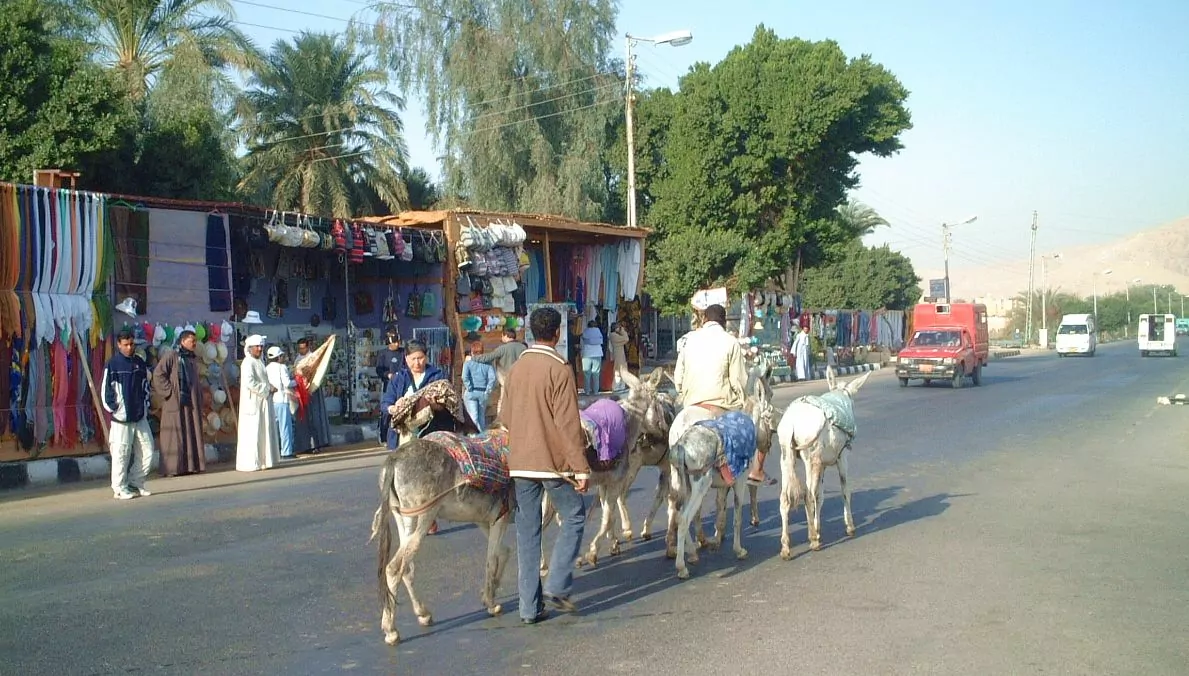
Temple of Karnak
The Temple City of Karnak is the temple complex in Egypt that was once part of the ancient capital of Thebes. It is located about 3 kilometres north of the Luxor Temple. Fascinating to visit the remains of a civilisation that started over 3000 years before Christ! Hard to imagine what these streets looked like back then ...
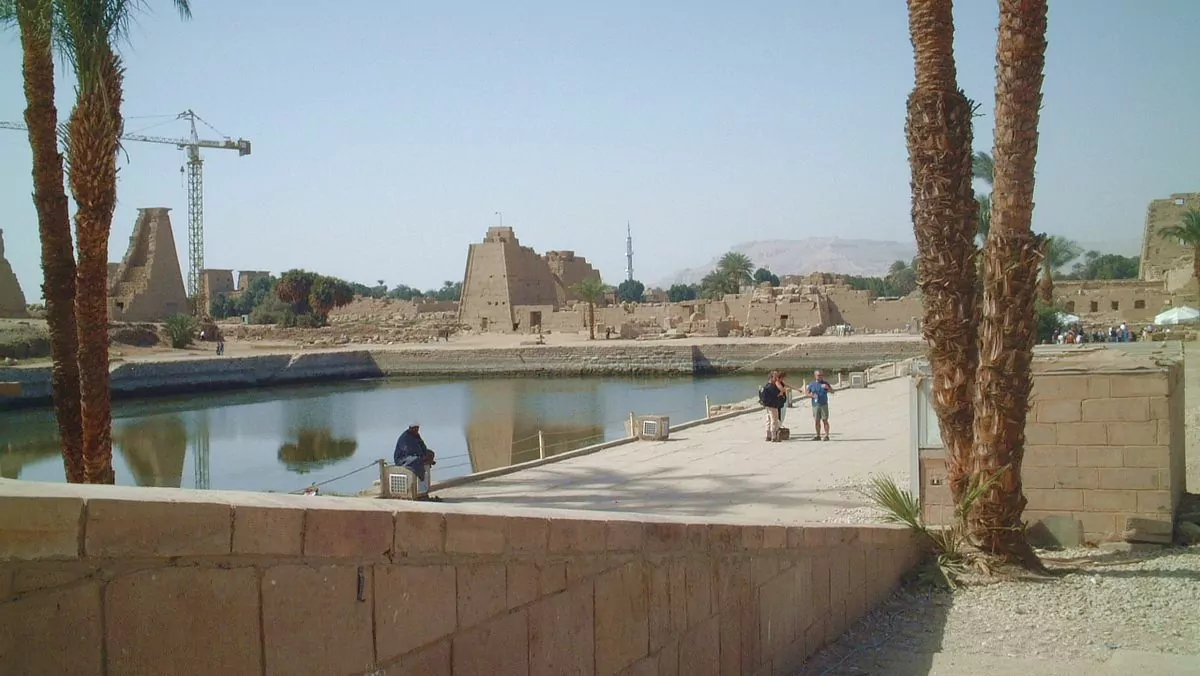
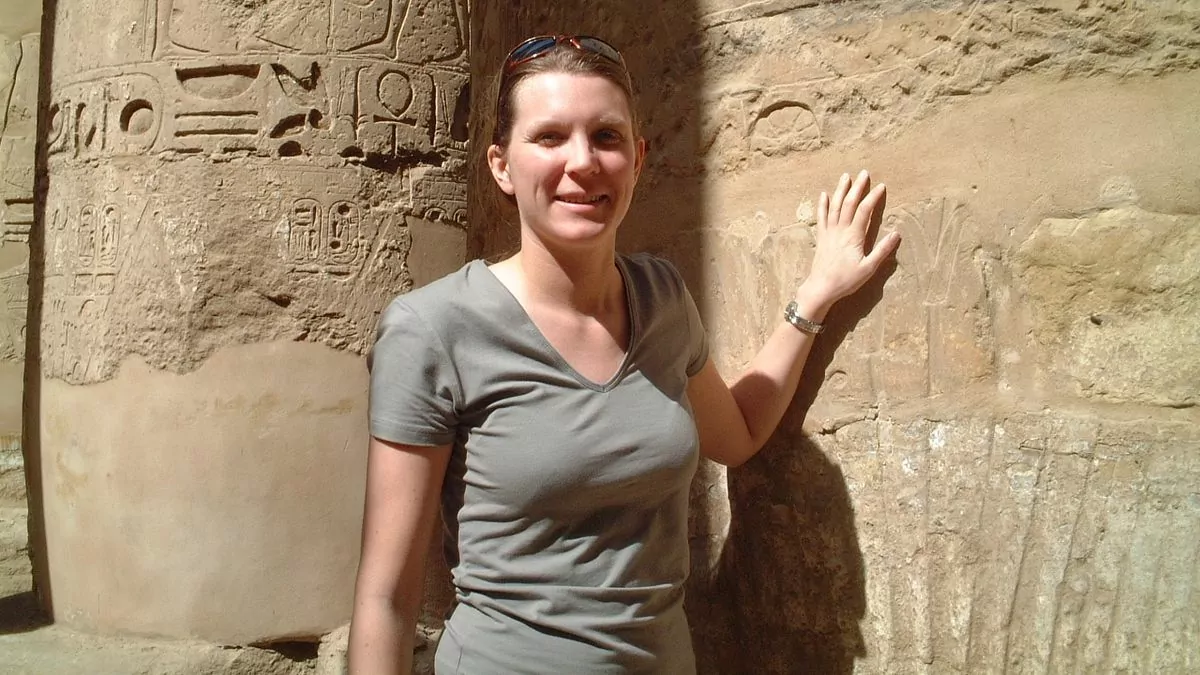
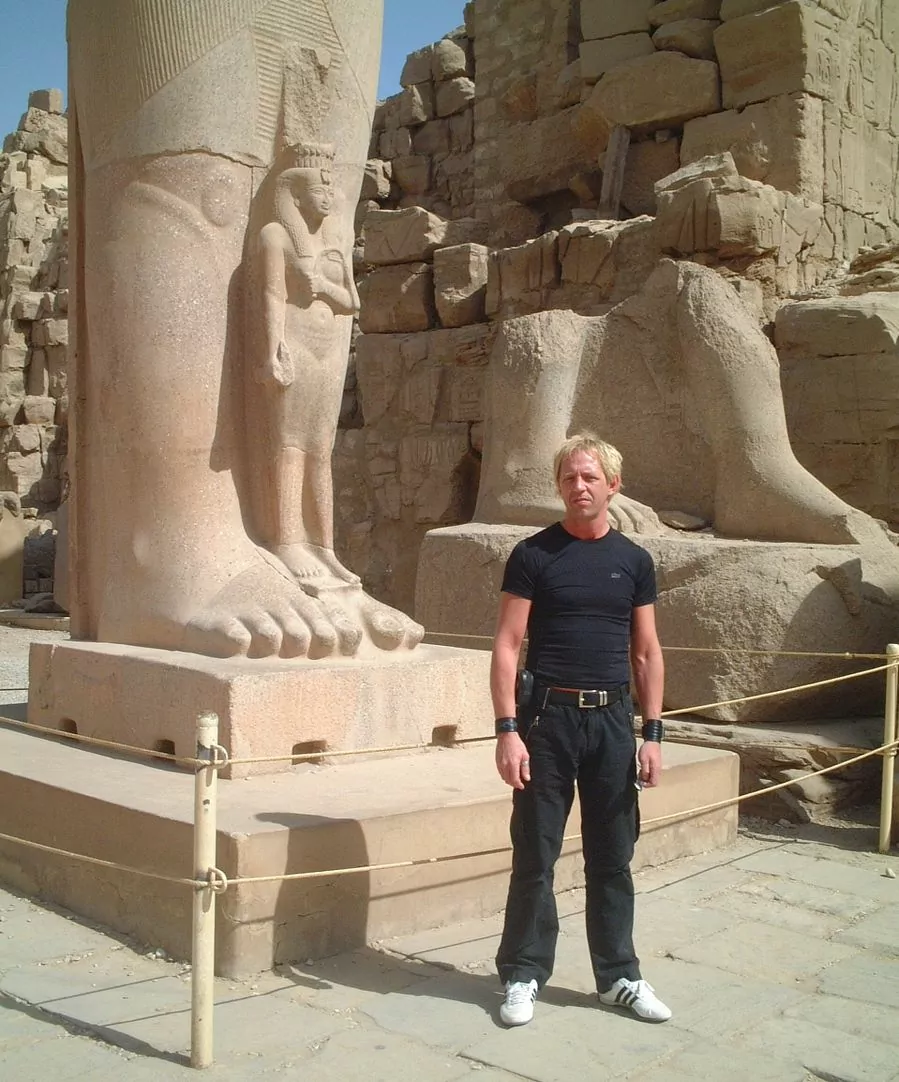
Luxury temple
The temple that remains in Luxor today was built during the reign of Amenhotep III around the 14th century BC. It includes a 25 metre high obelisk, originally belonging to a couple. The second obelisk was donated to Paris in 1835, in return for the Parisians' help in excavating the temple. However, the French were unable to retrieve the obelisk themselves and had to rely on the Egyptians... The obelisk still stands today in the Place de la Concorde. Perhaps you recognise it?
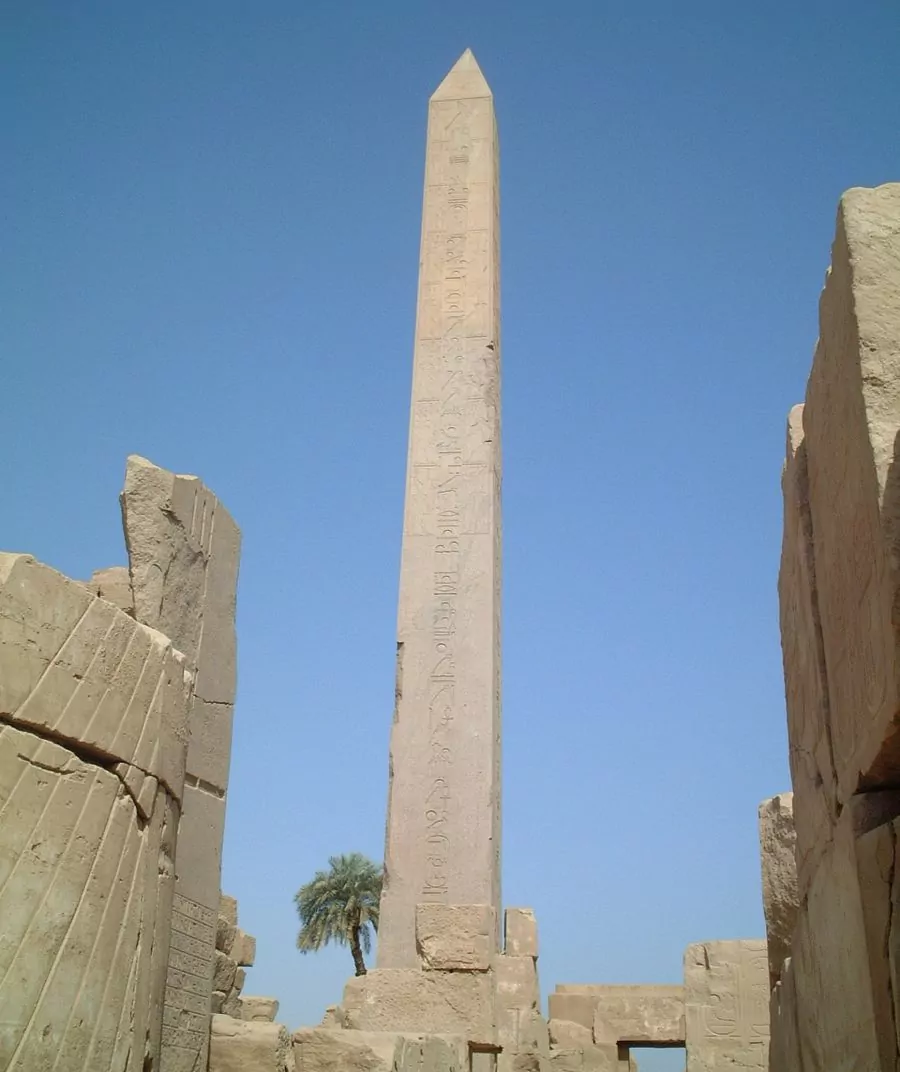
Boat trip on the River Nile
At some point in your life you want to see the mythical River Nile! The Nile is about 667 kilometres long and ends at Alexandria, on the Egyptian coast towards the Mediterranean Sea. Here we made a boat trip!
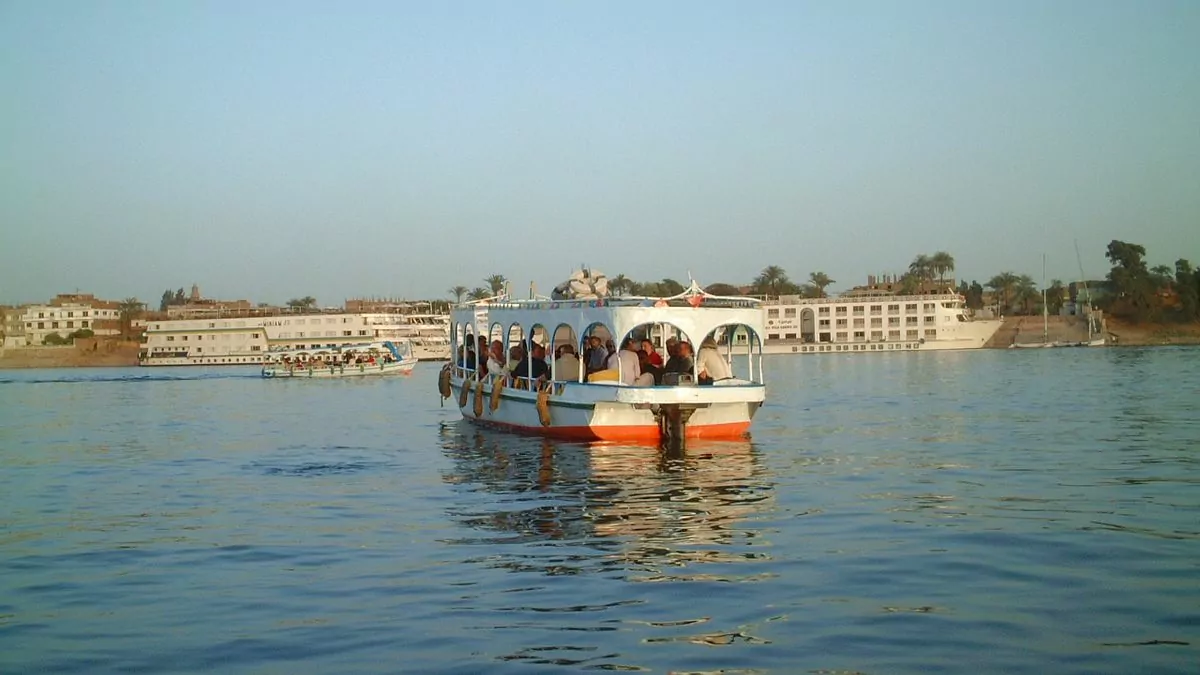

Memnon's stands
In Kom el-Hetan are the Stodes of Memnon, two 18 metre high seated statues made of quartzite. The statues were named by Greeks who visited the site in ancient times. They believed that the statues represented the hero Memnon from the Trojan War.
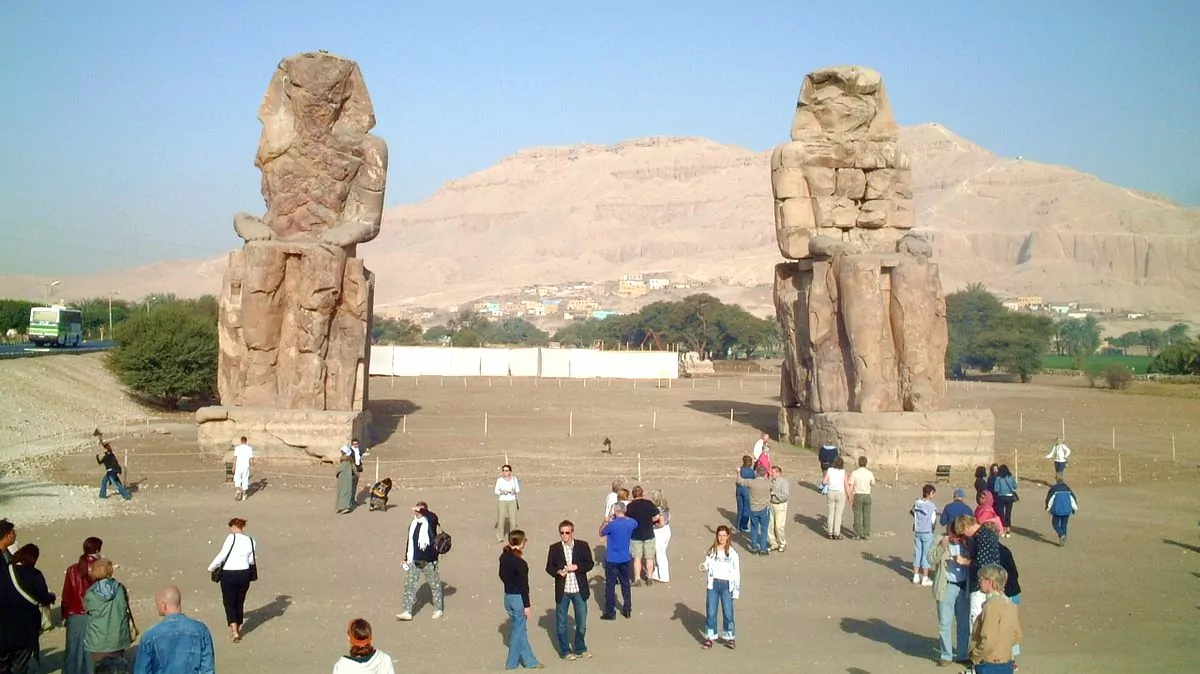
Valley of the Kings
In the Valley of the Kings, the ancient Egyptians dug tombs for their kings between 1539 and 1075 BC. To date, around 60 tombs have been discovered here. The most famous is the tomb of Tutankhamun. This young man became Pharaoh at the age of 11 and died at the age of 19. His tomb is famous not because he was a particularly famous pharaoh, but because his tomb was intact (not looted!) when it was found.
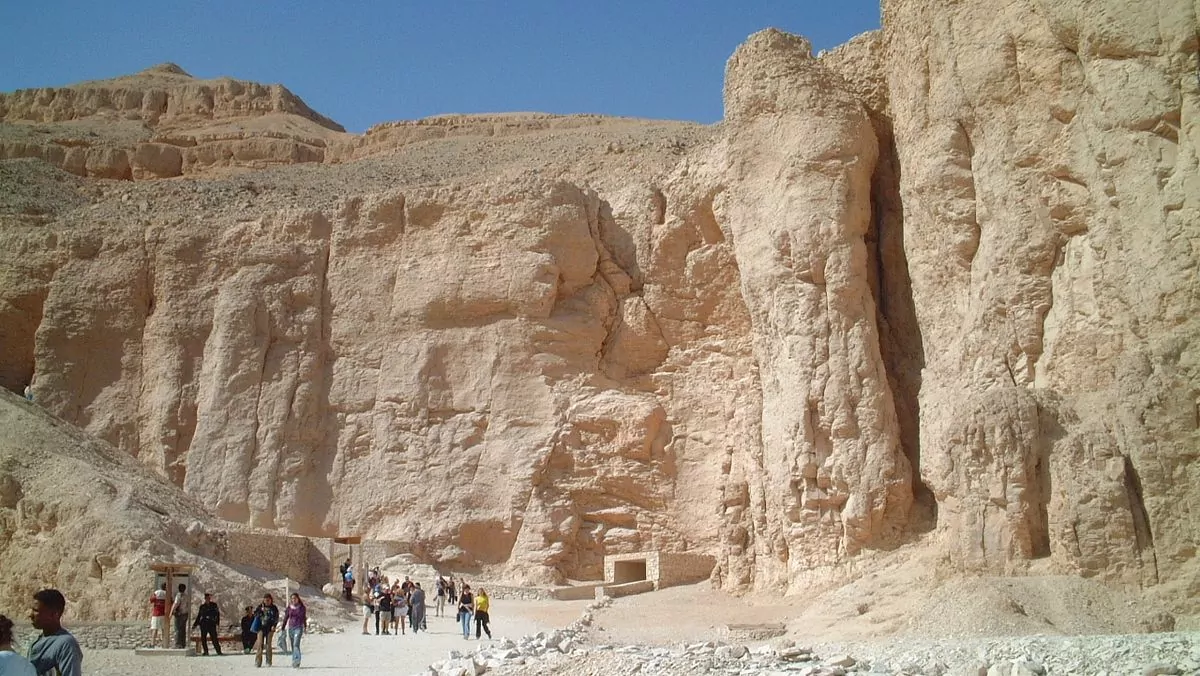
Hatshepsut - a female Pharaoh
"Think of hot chicken soup and you'll remember the name," said our guide. And I must admit that it has helped! To this day, I remember the name of the female pharaoh who ruled Egypt from 1479-1457 BC.
It was uncommon for women to be pharaohs in ancient Egypt, but according to the Popular History women had a relatively strong position. Women worked and had professions such as scribes and priests. Despite this, being a pharaoh was not common, and Hatshepsut often had himself depicted as a man.
Identified in 2007, Hatshepsut's mummy was considered the country's most significant archaeological find since the discovery of Tutankhamun's tomb in 1922.
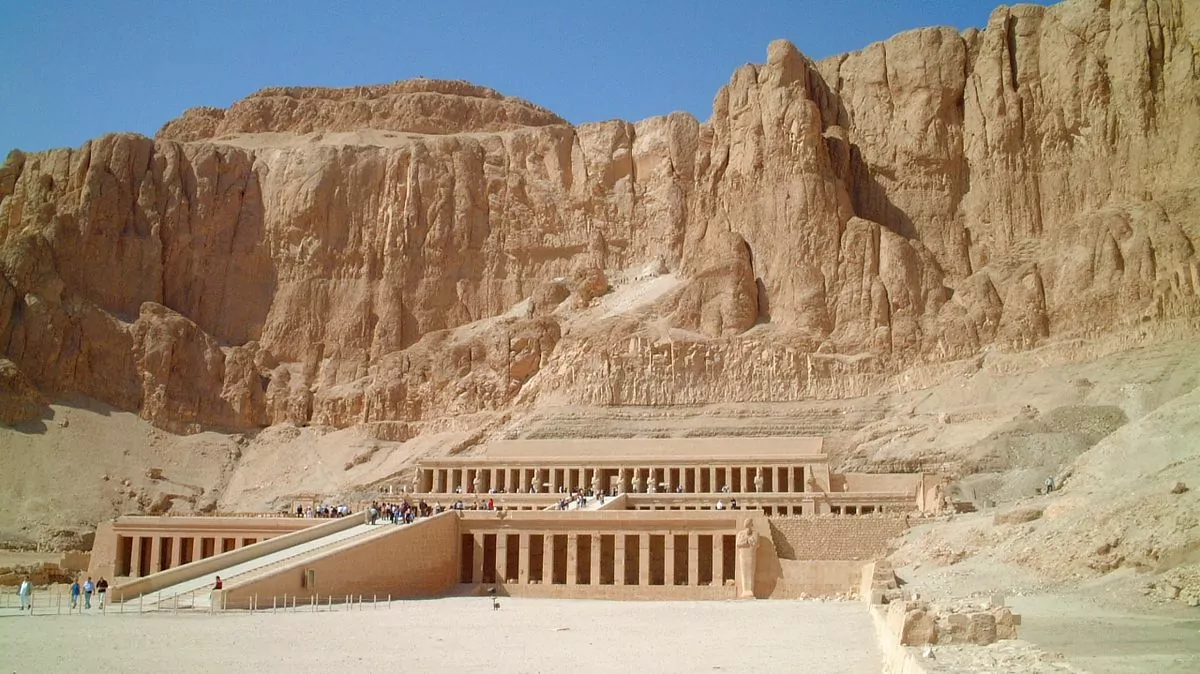
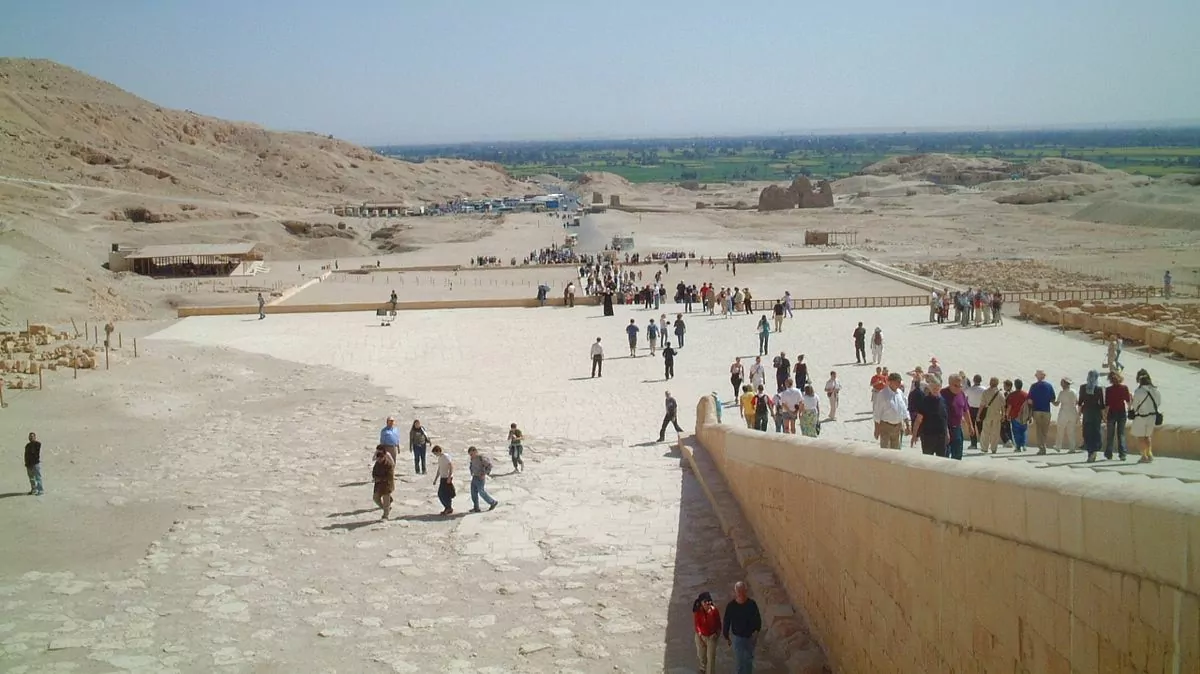
Two good hotels in Sharm el Sheikh - in different price ranges
We managed to stay in two good hotels in Sharm el Sheikh, in two...
Ras Mohammed National Park in Egypt
We have visited Ras Mohammed National Park in Egypt. Wow! You can travel here for...
Sharm el Sheikh in Egypt - 13 things to do
Sharm el Sheikh in Egypt is a tourist resort on the southern part of the...
What to do in Hurghada - 17 tips for activities and excursions
What to do in Hurghada, Egypt? We have visited Hurghada twice, including...
Zeytouna beach island in El Gouna - Egyptian "beach island"
Zeytouna Beach Island is a small island in El Gouna, Egypt. You go here...
Desert safari in Sharm el Sheikh by quad bike and camel
We had a fantastic day of desert safari in Sharm el Sheikh, Egypt. It...
Snorkelling in Sharm el Sheikh, Egypt - a lovely boat trip
Now we have tried snorkelling in Sharm el Sheikh, in the Red Sea in Egypt....
Food in Egypt - and restaurants in Sharm el Sheikh
Food in Egypt - what comes to mind? We didn't have any particular preferences on the...
Dahab on the Sinai Peninsula - day trip from Sharm el Sheikh
The small town of Dahab on Egypt's Sinai Peninsula is within easy travelling distance of Sharm el...
Hurghada, Egypt - sun, sea and desert safaris
Hurghada, Egypt - our very first trip abroad together. Peter and I met...
El Gouna, Egypt - tips on hotels, beaches and excursions
El Gouna is an Egyptian holiday resort suitable for those who want to enjoy sun and...
Hurghada Marina Boulevard - exclusive harbour promenade
If you're travelling to Hurghada in Egypt, don't miss the Hurghada Marina Boulevard. The marina...
Do you dare to travel to Egypt? - experiences from Sharm el Sheikh
Do you dare to travel to Egypt? We have received many different kinds of reactions both before and...
Flight from Stockholm to Hurghada - charter to El Gouna
Our trip by plane from Stockholm to Hurghada in Egypt went really well, and they...
Catherine's Monastery at Mount Sinai - where Moses received the commandments
St Catherine's Monastery on Mount Sinai in Egypt is a really old monastery with lots of...
10 great beaches in Sharm el Sheikh, Egypt
Beaches in Sharm el Sheikh in Egypt, what are they like? We visited a whole range of...
22 Egyptian gods that tickle the imagination
Egyptian gods and goddesses offer ancient mysticism. The ancient Egyptians had a strong belief...
Snorkelling in the Red Sea - snorkelling tour in El Gouna
Snorkelling in the Red Sea can be a truly amazing experience with crystal clear waters and...
Turkish bath in Sharm el Sheikh, Egypt
Now we have tried the Turkish bath in Sharm el Sheikh in Egypt. Interesting! We were...
Shopping in El Gouna - by the Red Sea in Egypt
Yesterday we went shopping in El Gouna, Egypt. We decided to vary the...
Facts about Egypt - 30 things you (might) not have known
Writing facts about Egypt is both fun and challenging because we are talking about over 5000...
Sultan Bey - cosy hotel in El Gouna, Egypt
We were really happy with our hotel in El Gouna, Egypt. Sultan Bey is...
Hydra Seafood restaurant - great restaurant in El Gouna
If you are looking for a good restaurant in El Gouna, we can highly recommend a...
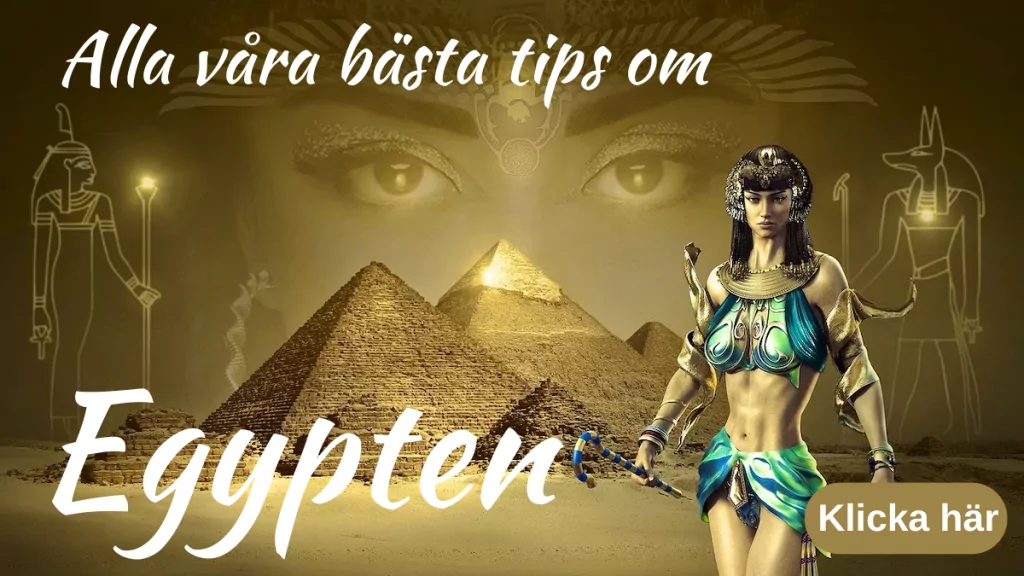

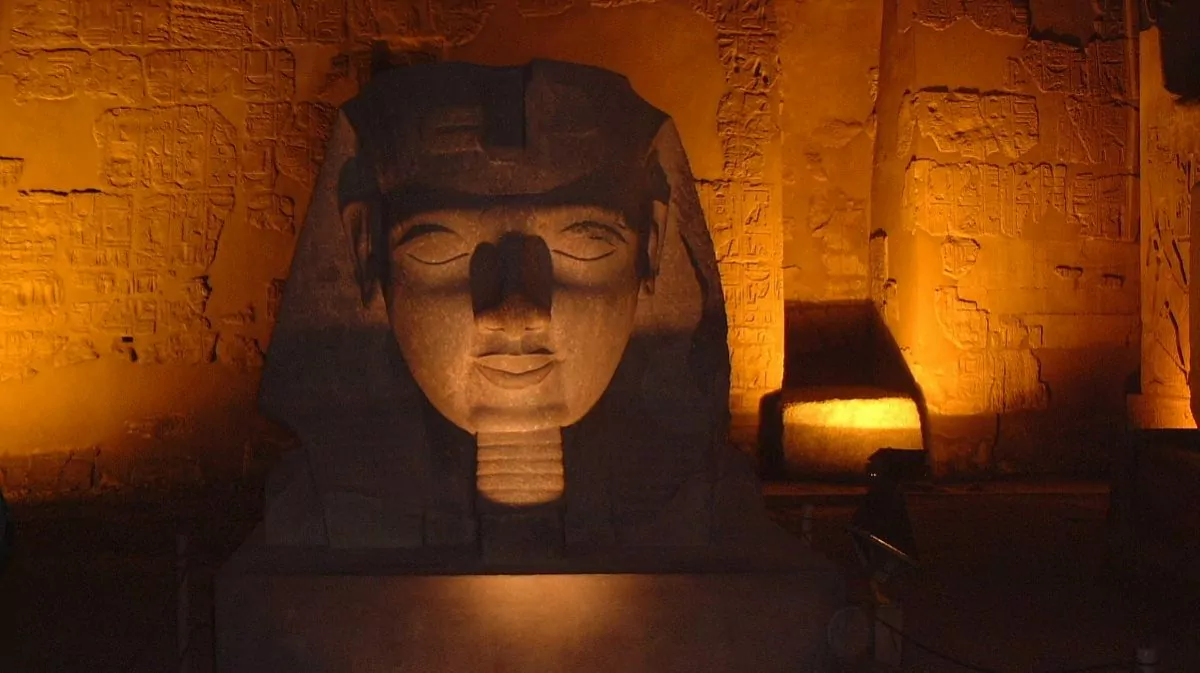






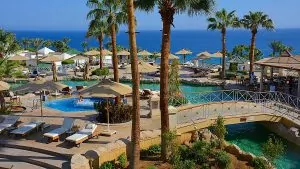
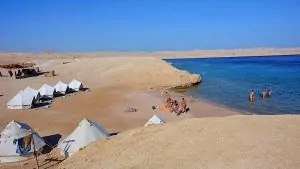
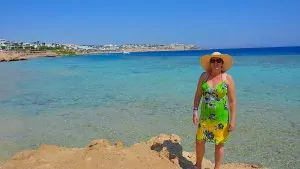
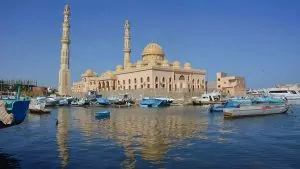
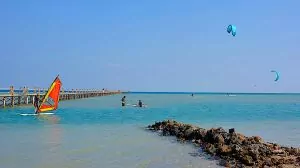




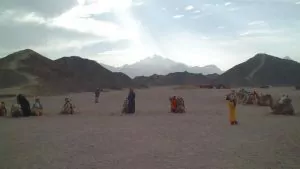
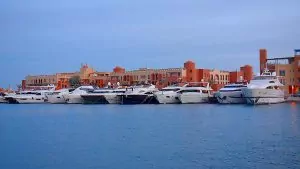

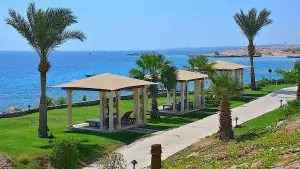
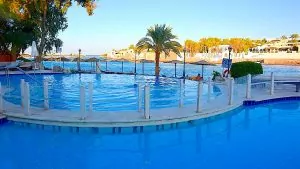
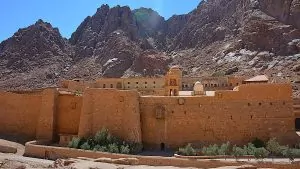
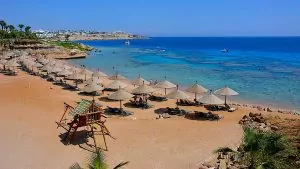
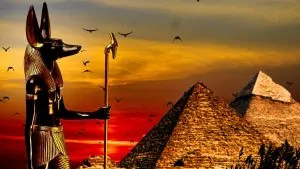


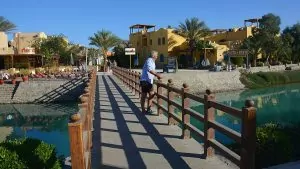
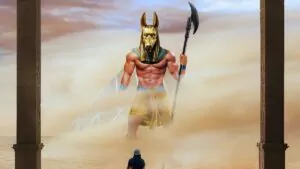


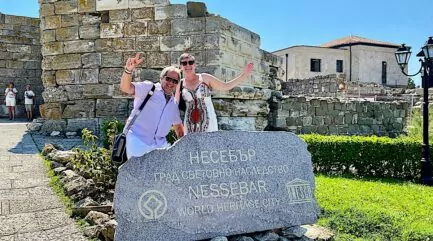
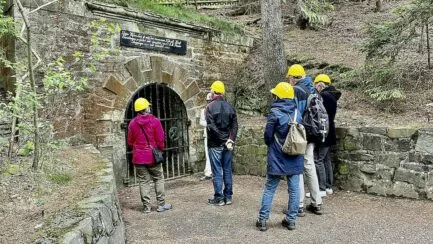
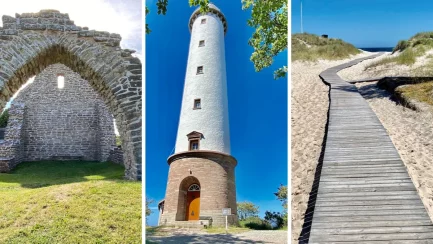
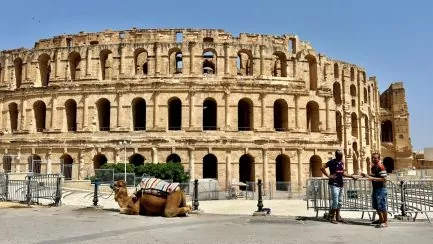
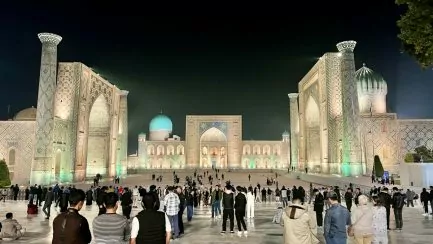




Britt-Marie Lundgren says:
One is certainly impressed by this art of building, and that without any modern tools and aids.
We recognise the experience of having booked a week for relaxation and then managing to fill most of the days of the week with an extensive excursion programme. For us, this is the spirit of travelling; we can probably squeeze in an hour or so with a book on a sunbed too...
07 March 2018 - 6:12
Helena says:
We also like to see and experience things on the trip! This time we had not planned so much, but just lying on the small beach would have been boring (although it was nice to relax from time to time). Maybe different if you are into diving or something. But the excursions were very interesting!
07 March 2018 - 8:18
Lena - gott för själen says:
What?! A female pharaoh. I've never heard of that. I've also never heard of them having such a strong position! Funny!
Very fascinating environments in the photos!
Hug Lena
07 March 2018 - 6:16
Helena says:
Yes, it's fun, you just wish it would have gone more forward sometimes, instead of the other way round ... 😉 .
07 March 2018 - 13:50
Liniz Travel says:
I wonder if
We were on the same trip! I recognise myself in the pictures. Was t Luxor 2001 when I was in Egypt. Hugs
07 March 2018 - 7:47
Helena says:
Very possible! These are common destinations if you are in the area.
07 March 2018 - 13:51
Travelsis says:
Egypt really has history just as you write. Hot chicken soup became my favourite place when we were there. And without those words, I would never have been able to remember what it was called?/ Pernilla
07 March 2018 - 8:27
Helena says:
Good to have a little help with memory sometimes 😉 .
07 March 2018 - 13:51
Ama de casa says:
Looks very cool! I have never been to Egypt, but I have seen the obelisk in Paris 🙂.
07 March 2018 - 9:50
Helena says:
At least you've seen a bit of Egypt 😉.
08 March 2018 - 7:45
Steve says:
Here we can talk about the wings of history. Much more pleasant than swimming on a walled beach.
07 March 2018 - 10:13
Helena says:
This excursion was the main benefit of Egypt for us! Very interesting history! 🙂
08 March 2018 - 7:46
Henny says:
Egypt is extremely fascinating. Would love to go there again melon can live on memories for so long. Fun to relive places via your blog.
07 March 2018 - 14:32
Helena says:
Nice that you follow our blog Henny! 🙂
08 March 2018 - 7:46
BP says:
Hatshepsut - hot chicken soup - hahaha:-) I think more of a hat that the female pharaoh had on her head.
Great pictures and interesting reading. Much more fun than lying on a fenced beach all day.
07 March 2018 - 14:41
Helena says:
Haha, maybe you could think about the hat too... but I'll continue with the chicken soup, it has worked for many years for me 😉.
08 March 2018 - 7:47
Marias Memoarer says:
Egypt really has an exciting history! I have been to Sharm el Sheikh where it was mostly sun and swimming and a boat trip where we saw colourful fish through the glass bottom of the boat. Had I gone today, I would have chosen to snorkel, if I got some kind of floatation assistance to feel safer 😉 We also made a day trip (2 half nights were spent on the bus) to Cairo and Giza, where we saw pyramids, camels, sphinx and some city views etc.
07 March 2018 - 18:19
Helena says:
Cairo and Giza also sound incredibly interesting!!! 🙂
08 March 2018 - 7:48